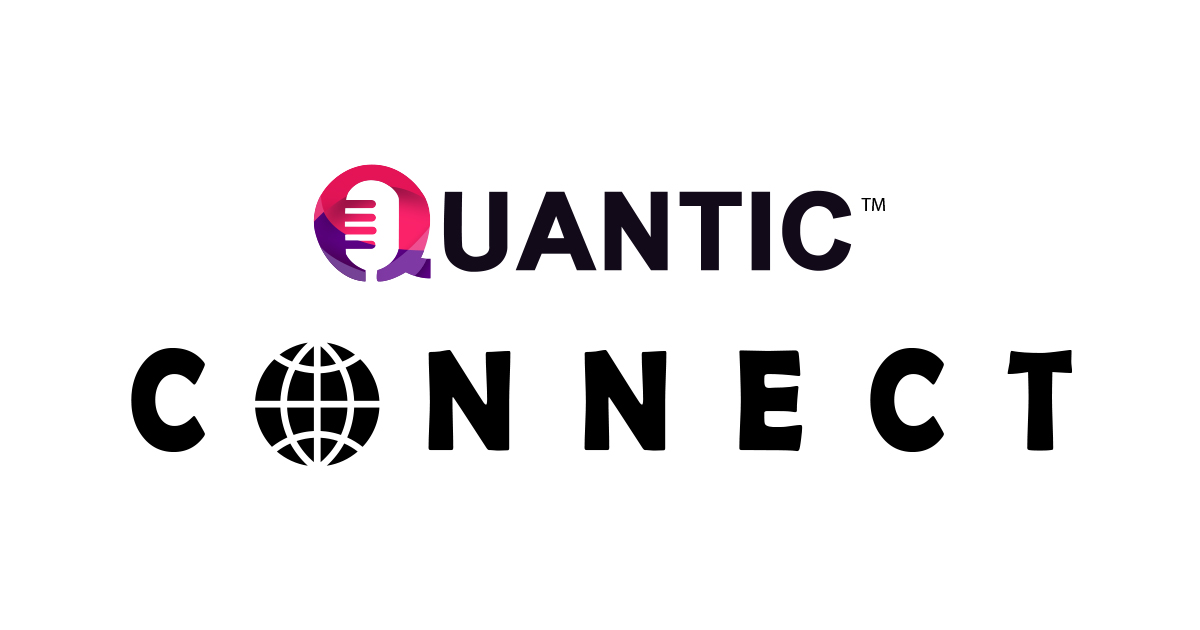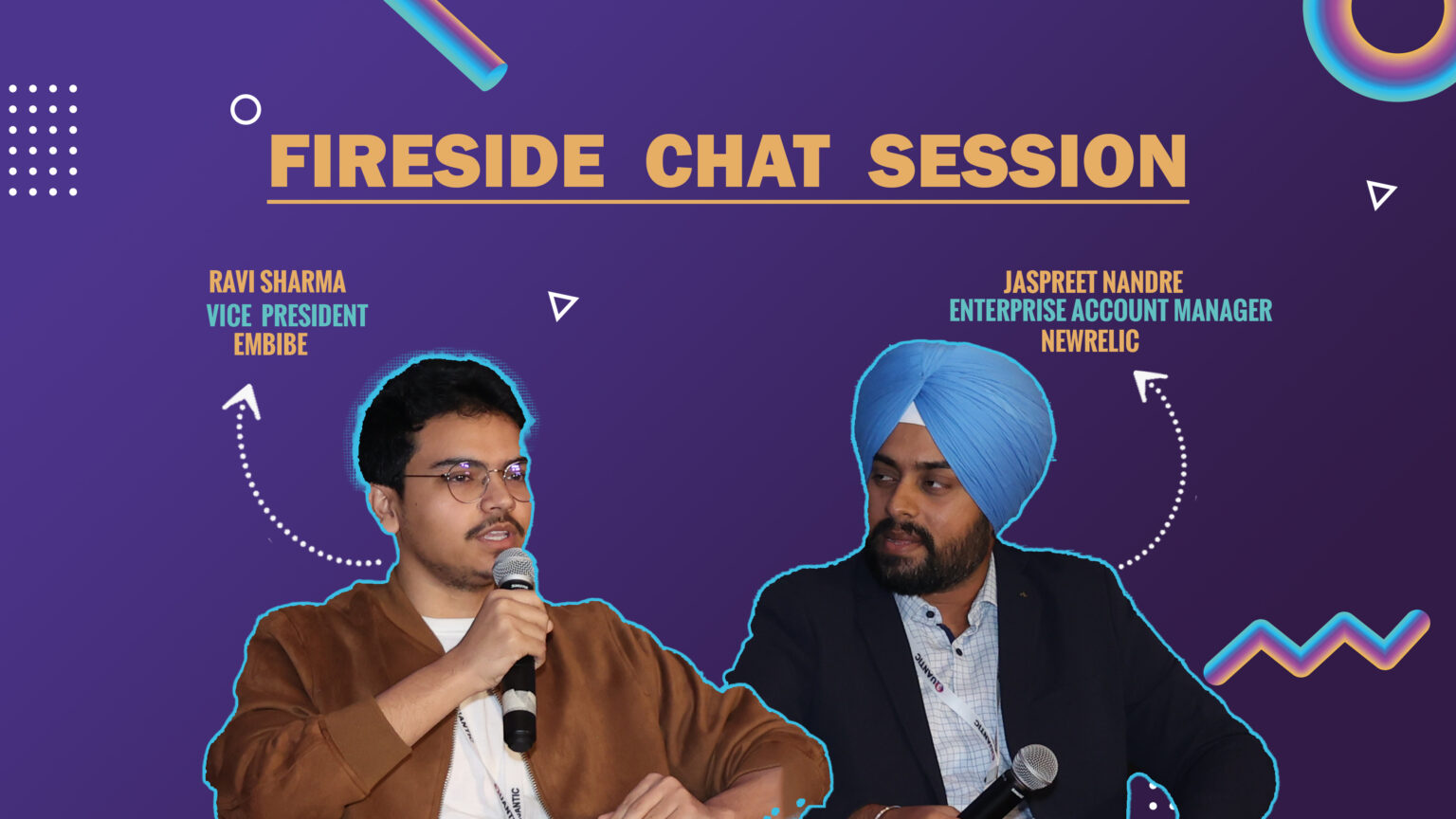The India DevOps Show 2022, organised by Quantic India, took place on December 7 at the Courtyard by Marriott and featured a FireSide Chat between Mr. Ravi Sharma, vice president of engineering at Embibe, and Mr. Jasprit Nandre, enterprise account manager at New Relic. The conversation focused on understanding Embibe and their history, DevOps operations, KPIs & APIs, and service dependability.
Tell us little bit about your role and a little bit of embibe as a company as well
Mr. Ravi Sharma is from an engineering background, and addressing about embibe they started off in 2012 with a vision of making education accessible to all. So the keyword here is “accessible to all,” “which is one of the most difficult situations to deal with, and that is also a problem statement for DevOps.
Give us a little more insights on embibe and your journey till now, and the current sort of technologies stacks you use in the company
We started out in 2012, right here in Bombay itself, and I joined Emibe in 2015 in Andheri West; that’s where it all started for me, and since then we have kind of served more than 50, 000 customers. So Embibe is one of the core platforms that empowers large enterprises in education, so we are working with the government as well as leading institutes, and we are working with international brands to make our product accessible to the market. There is a lot of discussion going on about standardisation and consolidation, but I think we have a range of programming languages, so we are more of a microservices architecture where we have a lot of programming languages starting from Python and Java and data sources like MongoDB and ADLS. It’s more of a distributed architecture with a lot of heterogeneous technologies.
I understand that you are using New Relic in your DevOps journey, how has that experience been in terms of giving an excellent experience to your developer teams your DevOps function so little bit on that
So essentially the most difficult part, you know, when it comes to basically reliability serving the customers, is that right now embibe is leveraging Relic’s cloud platform to basically kind of build all kinds of observatories over services, data stores, and infrastructure to kind of see one view, which is enabling us to deliver and ship software faster, and in adverse scenarios, we can quickly turn over with a quick solution or quick fix whenever there are some issues in the service.
So when we talk about DevOps, so obviously we cannot leave apart the topic of observability. Now when we talk about observability, obviously having an integral part to continue your plan and to monitor is the key integral part to the DevOps function right, so have has observability as a function played a role in your organization?
So especially in this decade particularly in 2022- 2030, scalability, uptime, security all of these things are considered as hygiene, they are no longer fascinating terms so even if you are down for 2 minutes that is something which is going to go into the news and will put your reputation at risk, so all these situations right now are considered as hygiene and we all are in the business of frequent deployment and that to in a distributed architecture , so to kind of provide reliability to our customers where the expectation is 100%, lots of things need to be done like for the example the observatory part of it and kind of building out these full scale of observatory for a distributed architecture, so it’s a heavy investment and its not kind of fissable to build these stuff in-house so I think new relic are platform to go when we basically think about observatory because that is one problem out of the question and we can focus on delivering Quality service to our customers.
So talking about alerts and dashboards we all know they are some matrix and insights which are extremely imp for engineering and developer folks, but how do you manage your business KPI’S, how is that your CXO’s use different dashboards to monitor the company’s performance?
In 2018, we were kind of monitoring these kinds of consolidator matrix which are like, “We are available 99.9% of the time, and our API of service reliability was 90%,” so that was a kind of perspective where we were kind of looking at consolidated analytics, but now the complete view is shifting towards monitoring the user experience rather than mazing the consolidated matrix’s on a service, which is happening for a good reason because at the end, the kind of experience that you have on your screen using any product is one thing that really matters, and whether you have that 99.9% availability uptime.



